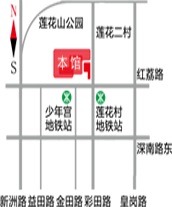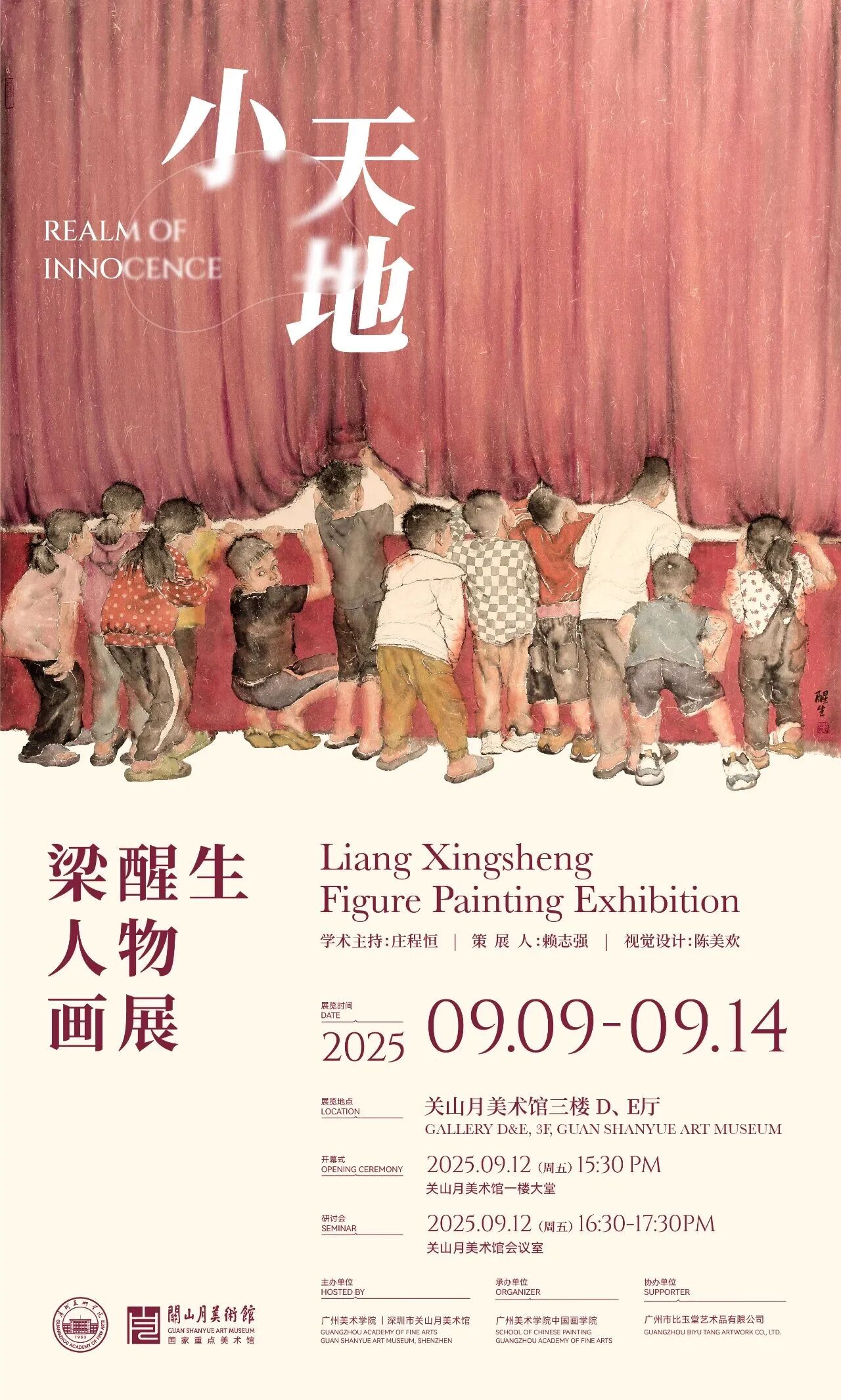
|
New Exhibition | Realm Of Innocence Liang Xingsheng Figure Painting Exhibition | Exhibition time:From 2025-09-09 To 2025-09-14 |
| more>> | ||
| Release date: 2025-09-10 |
||
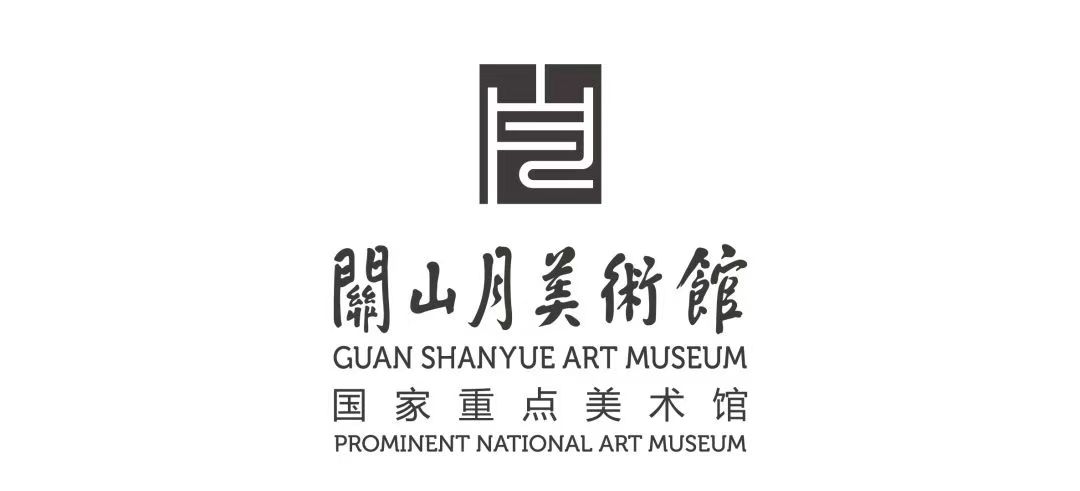
|
Exhibition Preview | The Charm of Diversity: International Print Exchange Exhibition | Exhibition time:From 2025-10-15 To 2025-11-20 |
| more>> | ||
| Release date: 2025-08-31 |
||
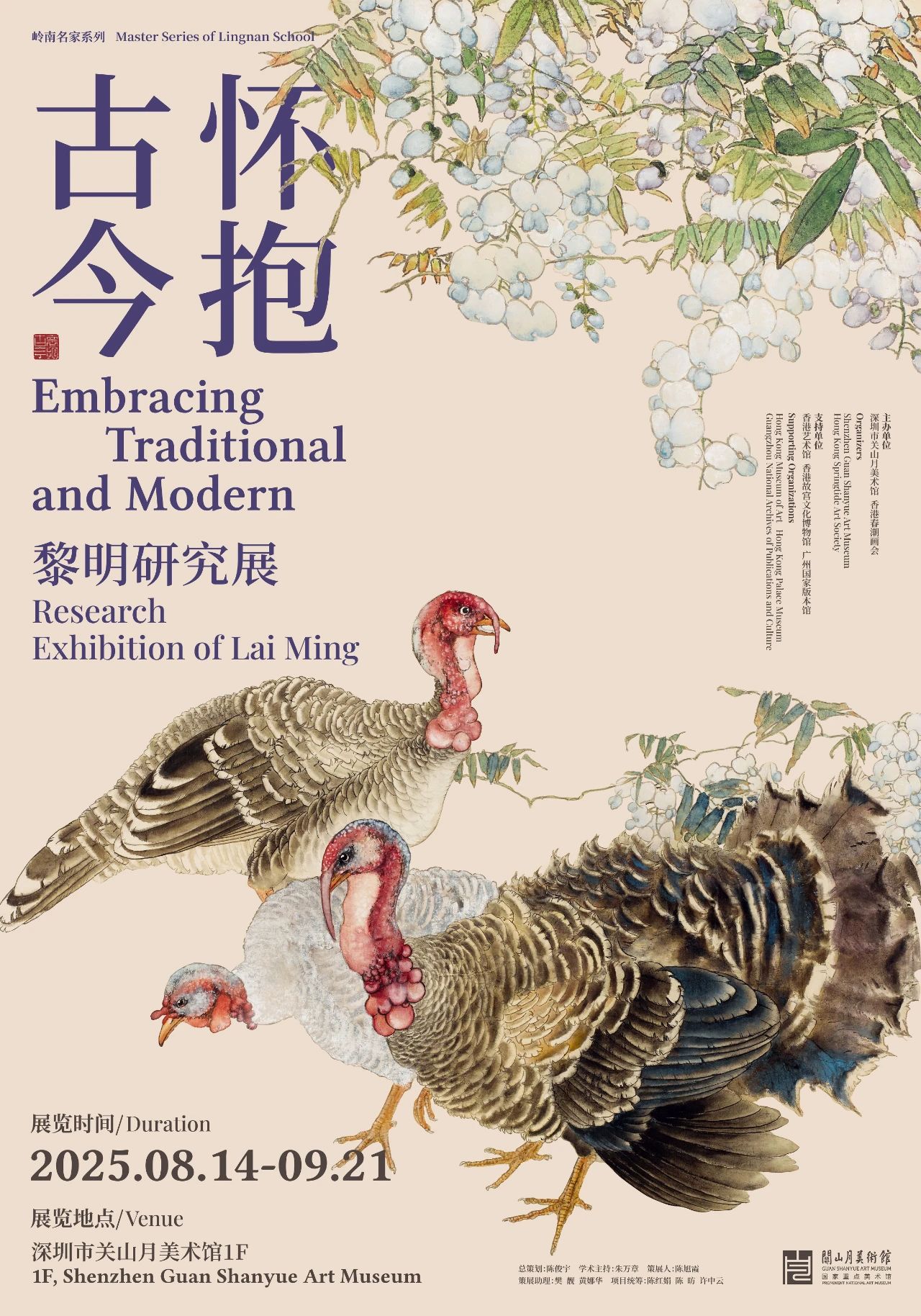
|
Exhibition Preview | Embracing Traditional And Modern Research Exhibition Of Lai Ming | Exhibition time:From 2025-08-14 To 2025-09-21 |
| more>> | ||
| Release date: 2025-08-15 |
||

|
Work briefing on the 203rd session of the Four Directions Salon at the Guanshan Yue Art Museum in Shenzhen | Exhibition time:From 2025-05-17 To 2025-05-17 |
| more>> | ||
| Release date: 2025-08-15 |
||
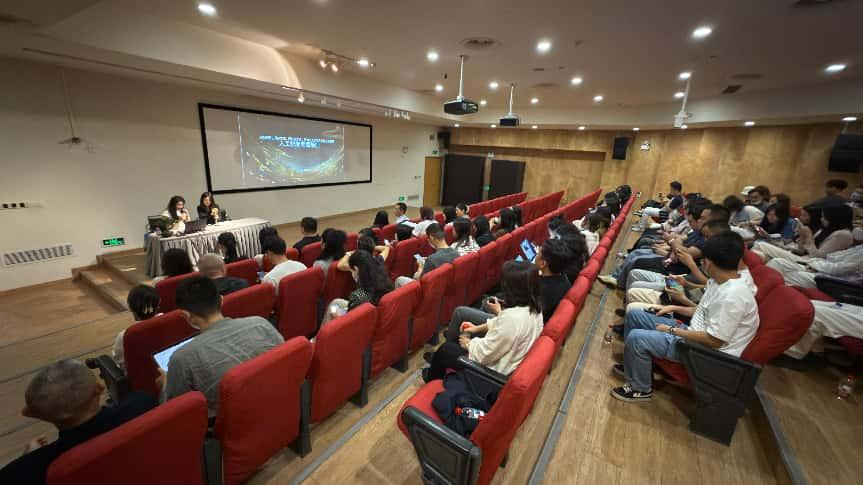
|
Briefing On The Joint Training Work Of Implementing Graded And Classified Artificial Intelligence Training For All Staff At Shenzhen Guanshanyue Art Museum, Shenzhen Art Museum, And Shenzhen Museum Of Contemporary Art And Urban Planning | Exhibition time:From 2025-05-14 To 2025-08-28 |
| more>> | ||
| Release date: 2025-08-15 |
||
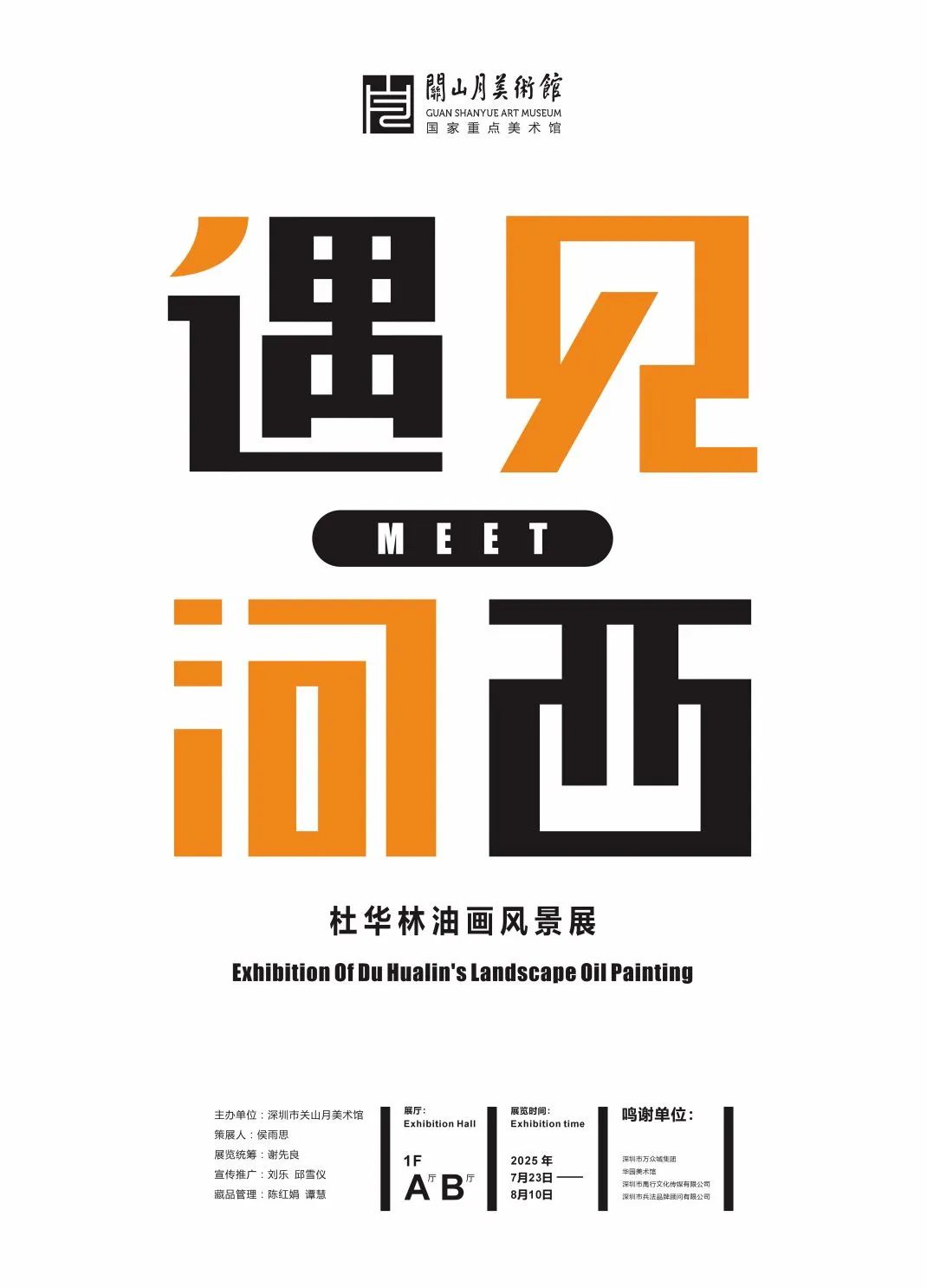
|
New Exhibition | Encountering Hexi - Du Hualin Oil Painting Landscape Exhibition | Exhibition time:From 2025-07-23 To 2025-08-10 |
| more>> | ||
| Release date: 2025-08-04 |
||
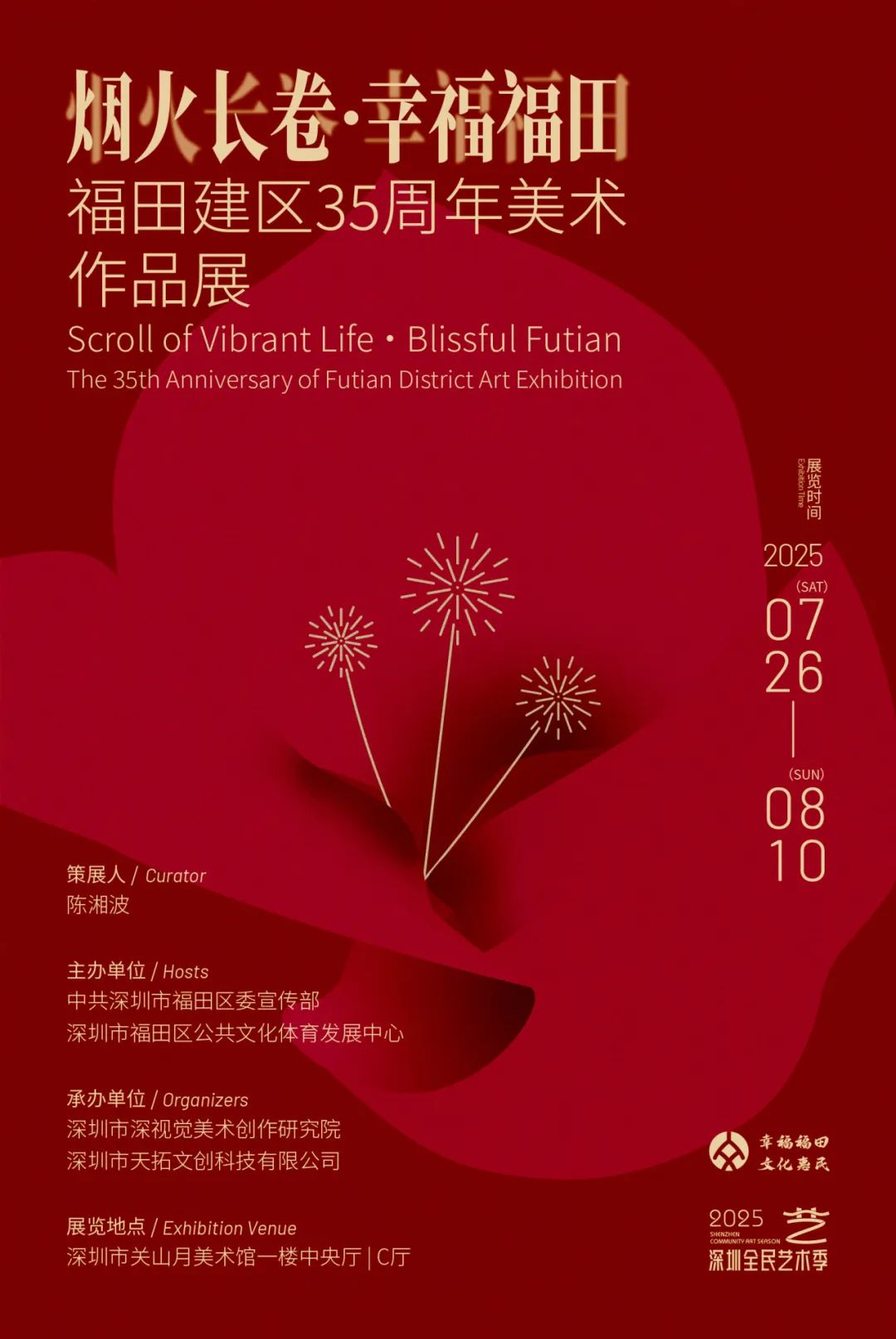
|
New Exhibition | Fireworks Scroll · Happy Futian - Art Exhibition for the 35th Anniversary of Futian District Construction | Exhibition time:From 2025-07-26 To 2025-08-10 |
| more>> | ||
| Release date: 2025-07-28 |
||
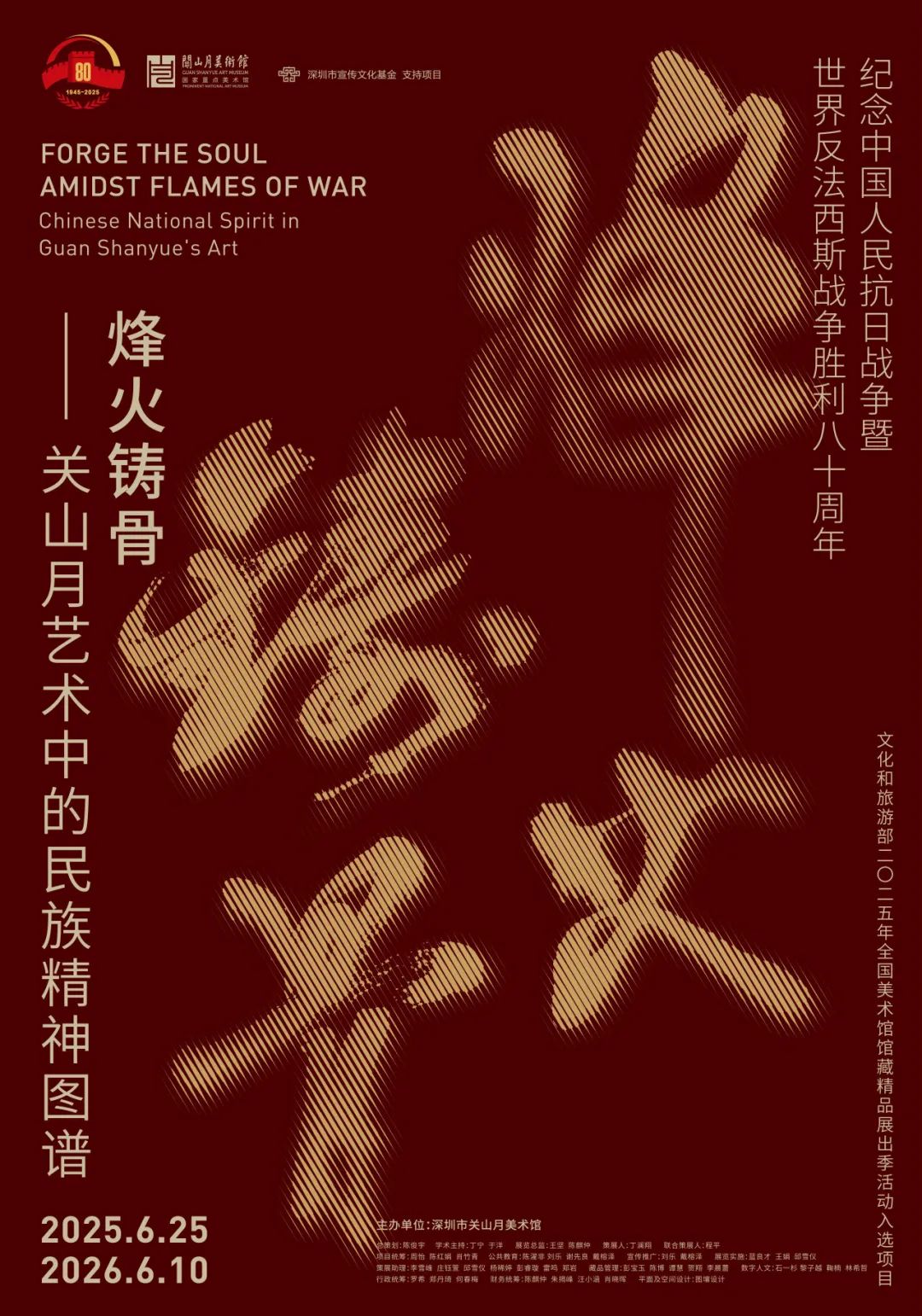
|
New Exhibition | Flames Casting Bones - National Spirit Atlas in Guan Shanyue's Art | Exhibition time:From 2025-06-25 To 2026-06-10 |
| more>> | ||
| Release date: 2025-07-14 |
||


